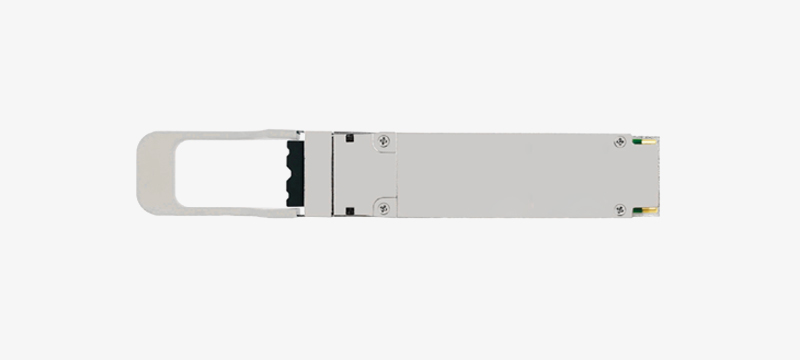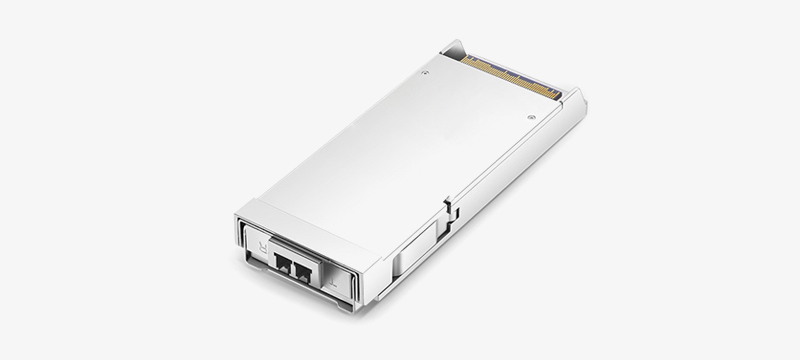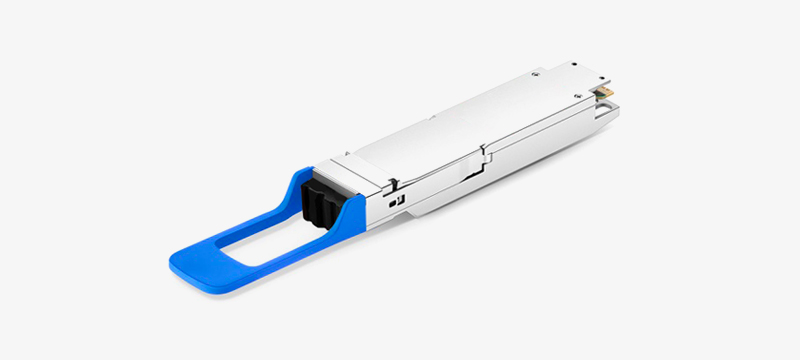As global optical networks evolve, there’s an increasing need to innovate new solutions that meet the requirements of network operators. Some of these requirements include the push to maximize fiber utilization while reducing the cost of data transmission. Over the last decade, coherent optical transmission has played a critical role in meeting these requirements, and it’s expected to progressively improve for the next stages of tech and network evolution.
Today, we have coherent pluggable solutions supporting data rates from 100G to 400G. These performance-optimized systems are designed for small spaces and are low power, making them highly attractive to data center operators. We’ve discussed the 400G ZR, Open ROADM, and ZR+ optical networking standards below.
Understanding 400G ZR vs. Open ROADM vs. ZR+
Depending on the network setups and the unique data transmission requirements, data centers can choose to deploy any of the coherent pluggable solutions. We’ve highlighted key facts about these solutions below, from definitions to differences and applications.
What Is 400G ZR?
400G ZR defines a classic, economical, and interoperable standard for transferring 400 Gigabit Ethernet over a single optical wavelength using DWDM (dense wavelength division multiplexing) and higher-order modulation such as 16 QAM. The Optical Interoperability Forum (OIF) developed this low-cost standard for data transmission as one of the first standards to define an interoperable 400G interface.
400G ZR leverages an ultra-modern coherent optical technology and supports high-capacity point-to-point data transport over DCI links between 80 and 120km. The performance of 400ZR modules is also limited to ensure it’s cost-effective with a small physical size. This helps ensure that the power consumption fits within smaller modules such as the Quad Small Form-Factor Pluggable Double-Density (QSFP-DD) and Octal-Small Form-Factor Pluggable (OSFP). The 400G ZR enables the use of inexpensive yet modest performance components within the modules.

What Is Open ROADM?
This is one of the 400G pluggable solutions that define interoperability specifications for Reconfigurable Optical Add/Drop Multiplexers (ROADM). The latter comprises hardware devices that manage and route data traffic transported over high-capacity fiber-optic lines. Open ROADM was first designed to combat the surge in traffic on the wireless network experienced between the years 2007 and 2015.
The key components of Open ROADM include ROADM switch, transponders, and pluggable optics – all controllable via open standards-based API accessed via an SDN Controller utilizing the NETCONF protocol. Launched in 2016, the Open ROADM initiative’s main objective was to bring together multiple vendors and network operators so they could devise an agreed approach to design networks that are scalable, cost-effective, and flexible.
This multi-source agreement (MSA) aims to shift from a traditionally closed ROADM optical transport network toward a disaggregated open transport network while allowing for centralized software control. Some of the ways to disaggregate ROADM systems include hardware disaggregation (e.g., defining a common shelf) and functional disaggregation (less about hardware, more about function).
The Open ROADM MSA went for the functional disaggregation first because of the complexity of common shelves. The team intended to focus on simplicity, concentrating on lower-performance metro systems at the time of its first release. Open ROADM handles 100-400GbE and 100-400G OTN client traffic within a typical deployment paradigm of 500km.

What Is ZR+?
The ZR+ represents a series of coherent pluggable solutions holding line capacities up to 400 Gb/s and stretching well past the 120km specification for 400ZR. OpenZR+ was designed to maintain the classic Ethernet-only host interface of 400ZR while adding support to aid features such as the extended point-to-point reach of up to around 500km and the inclusion of support for OTN Ethernet, etc.
The recently issued MSA provides interoperable 100G, 200G, 300G & 400G line rates over regional, metro, and long-haul distances, utilizing OpenFEC forward error correction and 100-400G optical line specifications. There’s also a broad range of coverage for ZR+ pluggable, and these products can be deployed across routers, switches, and optical transport equipment.

400G ZR, Open ROADM, and ZR+ Differences
Target Application
400ZR and OpenZR+ were designed to satisfy the growing volume requirements of DCI and cloud operators using 100GbE/400GbE client interfaces, while OpenROADM provides a good alternative for carriers that require transporting OTN client signals (OTU4).
In other words, the 400ZR efforts concentrate on one modulation type and line rate (400G) for metro point-to-point applications. On the other hand, the OpenZR+ and Open ROADM groups concentrate on high-efficiency optical specifications capable of adjustable 100G-400G line rates and lengthier optical reaches.
400G Reach: Deployment Paradigm
400ZR modules support high-capacity data transport over DCI links of up to 80 to 120km. On the other hand, OpenZR+ and OpenROADM, under perfect network presumption, can transmit the network for up to 480 km in 400G mode.
Power Targets
The power consumption targets of these coherent pluggable also vary. For instance, the 400zr has a target power consumption of 15W, while Open ROADM and ZR+ have power consumption targets of not more than 25W.
Applications for 400G ZR, Open ROADM and ZR+
Each of these coherent pluggable solutions finds use cases in various settings. Below is a quick summary of the three data transfer standards and their major applications.
- 400G ZR – frequently used for point-to-point DCI (up to 80km), simplifying the task of interconnecting data centers.
- Open ROADM – This architecture can be deployed using different vendors, provided they exist in the same network. It gives the option to use transponders from various vendors at the end of each circuit.
- ZR+ – It provides a comprehensive, open, and flexible coherent solution in a relatively smaller form factor pluggable module. This standard addresses hyperscale data center applications for high-intensive edge and regional interconnects.
A Look into the Future
As digital transformation takes shape across industries, there’s an increasing demand for scalable solutions and architectures for transmitting and accessing data. The industry is also moving towards real-world deployments of 400G networks, and the three coherent pluggable solutions above are seeing wider adoption.
400ZR and the OpenZR+ specifications were developed to meet the network demands of DCI and cloud operators using 100 and 400GbE interfaces. On the other hand, Open ROADM offers a better alternative for carriers that want to transport OTN client signals. Currently, Open ZR+ and Open ROADM provide more benefits to data center operators than 400G ZR, and technology is just getting better. Moving into the future, optical networking standards will continue to improve both in design and performance.
Article Source: 400G ZR vs. Open ROADM vs. ZR+
Related Articles:
ROADM for 400G WDM Transmission
400G ZR & ZR+ – New Generation of Solutions for Longer-reach Optical Communications
